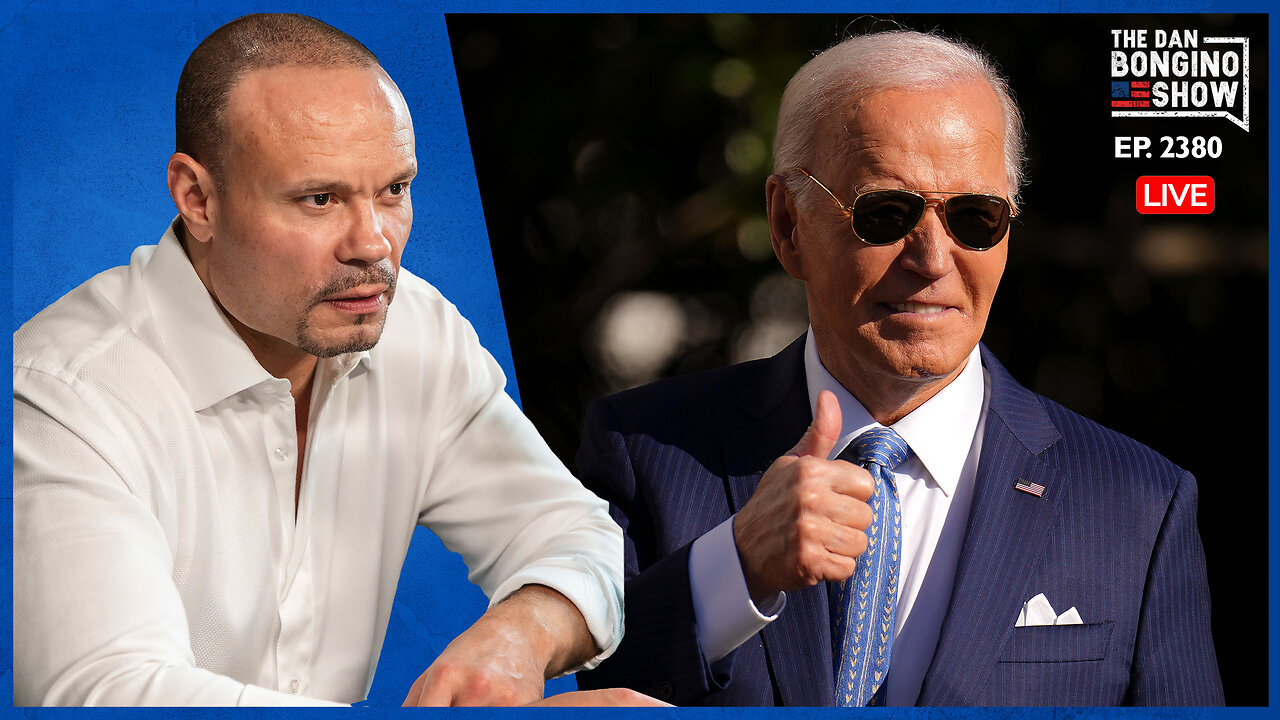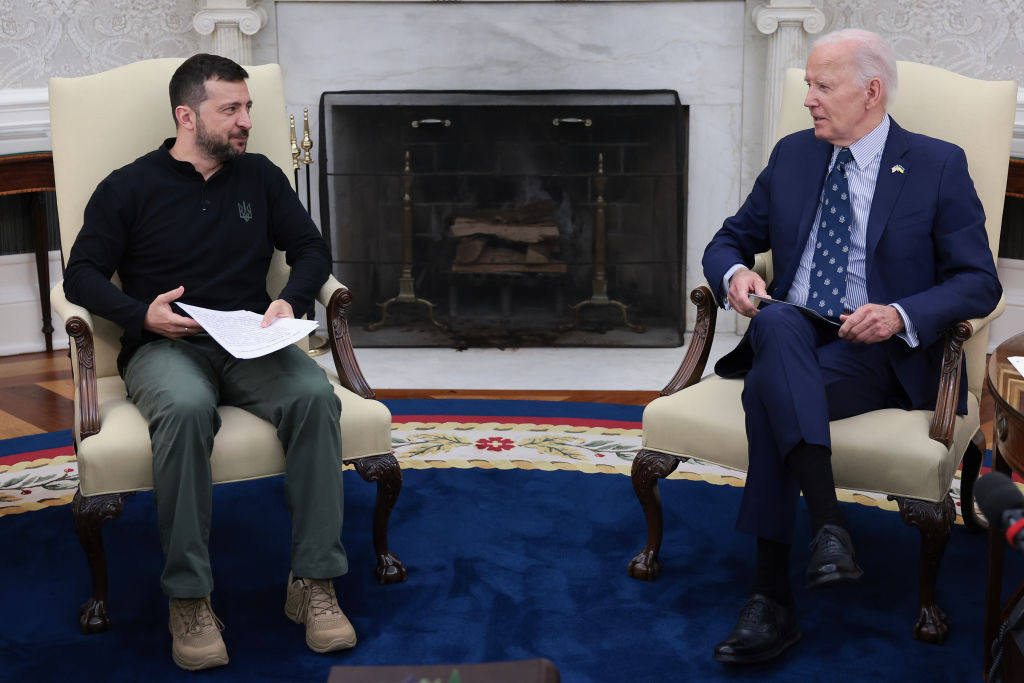Plan launched to rescue ‘medical science’ from a ‘scarred shell of its former self’
'High regard' plummeted by 40% between 2020 and 2023



Over the past several years, I’ve watched with sadness as the reputation of medical science has taken it on the chin. The pandemic polluted the public’s opinion of the purity of science and nobility of medicine.
Worst of all, science was taken hostage as much as truth was. True scientists and honest doctors, asking important questions, were ignored, or worse, canceled. It was replaced by political grandstanding and pharmaceutical profit-taking, and our fellow citizens took note.
Scientific journals of the highest regard were strongarmed into publishing articles generated by lawyers and PR firms, only to then have those papers exposed as lies and retracted. Recent admissions by the likes of Mark Zuckerberg have revealed that government bureaucrats exerted pressure on social media companies to dress up opinions as facts to serve an agenda.
Science has emerged from this hostage-taking as a scarred shell of its former self. Is it any wonder that the percentage of the general population who hold medical science in high regard dropped by a whopping 40% from 2020 to 2023?
Society’s lost reverence for science is a catastrophic turn. I am, therefore, going to attempt to resuscitate your fascination and hope in medical science. If you can’t find excitement and promise in the heroic advances I am revealing, I submit that you may require an imagination transplant.
Our hero story begins in the swirl of controversy that surrounds the use of embryonic stem cells (ESCs). Although everyone saw promise in their power to develop into any type of cell in the body, ESCs were typically sourced from aborted fetuses. Battle lines were drawn; and when politics and ethics said “No, find another way,” science stepped up and answered.
In 2006 and 2007, Shinya Yamanaka put the controversy to rest, through a stunning scientific breakthrough that enabled the creation of stem cells at least as powerful as ESCs, called induced pluripotent stem cells (iPSCs). While many scientists wait decades for their discoveries to receive the recognition necessary for a Nobel Prize, Yamanaka collected his in 2012. By the time he gave his lecture in Stockholm, however, the revolutionary door he had cracked opened was already being blown open with the possibility of so much more.
In a nutshell, what Yamanaka discovered was that all cells have buried in their DNA the genes for four proteins – now simply referred to as OSKM, or as the Yamanaka Factors. In adult cells that have gone through the process of becoming fully mature, the Yamanaka genes are normally silenced by mechanisms referred to as epigenetic controls. When re-activated, however, they induce the cells to reverse their maturation state, reverting all the way back to their original pluripotent state. For example, Yamanaka’s discovery enabled scientists to take an adult skin cell and turn it into a cell as powerful as an ESC.
Beyond Stem Cells: The Quest for Rejuvenation
This discovery was immediately hailed by everyone for its potential in medicine. Soon, however, a small collection of leading aging researchers began asking the question: If mature cells could be reprogrammed into ISPCs, could the process be harnessed to rejuvenate aging cells without turning them back into stem cells? In effect, could Yamanaka’s discovery be a map to the Fountain of Youth?
Juan Carlos Izpisua Belmonte of the Salk Institute in La Jolla, California was one of those asking this question. He and his team soon discovered the exciting answer, which is that short, controlled bursts activating the OSK genes (minus the M) could rejuvenate cells without reverting them from differentiated cells into stem cells. This process, which they called partial reprogramming, wasn’t simply a tune-up or a cosmetic makeover, partial reprogramming returned fundamental cellular structures and processes to a younger state, but it didn’t change them back to stem cells.
To understand how this works, I need to explain two key features of the aging process: epigenetic drift and telomere attrition. Epigenetics, as we introduced above, is the control systems that cells employ to ensure that mature cells only express the genes (i.e., make proteins from the genes) that that type of cell needs, locking away all the genes that make different types of cells actually be different. Aging slowly weakens and deteriorates these epigenetic controls, leading to cells producing proteins they shouldn’t, clogging them up, slowing them down, and even causing cancer and degeneration. The other feature of aging involves telomeres, which are protective endcaps on chromosomes, and their progressive shortening with age. Keeping telomeres robust and in place is believed to preserve cellular youth.
Belmonte’s partial reprogramming appears to reset both epigenetic drift and telomere attrition to a much younger state. Personally, I find it amazing that Belmonte’s discovery, frankly, didn’t have to be this way. As Vittorio Sebastiano of Stanford has marveled, there’s nothing that indicates that short bursts of the Yamanaka factor activation should restore cells to a youthful state before reverting them to stem cells. It’s as if Mother Nature went out of her way to gift cells with a natural ability to age in reverse, and we simply needed to discover it.
The Next Frontier: Small Molecule Drugs for Rejuvenation
Academic scientists like David Sinclair and Vadim Gladyshev of Harvard, are not wasting time in their pursuit of small molecule cocktails that can replicate partial reprogramming. Not surprisingly, investors and tech entrepreneurs (like Amazon’s Jeff Bezos) are pouring billions into start-ups, like Altos Labs, who have secured the services of Yamanaka and Belmonte (along with other big names in longevity research) to deliver the Fountain of Youth to the world. Not to be outdone, Alphabet (Google) is funding Calico, a competitor to Altos Labs, that has hired its own cadre of longevity scientists, like Cynthia Kenyon and David Botstein.
I hope America still loves a comeback story, especially one as heroic as the battle against aging. So, while enthusiasm for medical science has waned over the past few years, it is hard not to see how the promise of conquering death – at least in a battle or two – is worth giving actual scientists a chance to redeem their tarnished reputation.
JP Errico is a highly accomplished scientist with a diverse range of expertise as an executive, entrepreneur, and inventor. He is an expert on the Autonomic Nervous System. He is the Founder of ElectroCore, where he pioneered a non-invasive Vagus Nerve stimulator. JP has been credited as an inventor on over 250 issued US patents. He went to MIT for undergrad and holds graduate degrees in both law and mechanical/materials engineering from Duke University.
SUPPORT TRUTHFUL JOURNALISM. MAKE A DONATION TO THE NONPROFIT WND NEWS CENTER. THANK YOU!
Originally Published at Daily Wire, World Net Daily, or The Blaze
What's Your Reaction?
















![‘I’m [bleeping] my pants’: Bill Maher ‘may quit’ his show over Donald Trump](https://www.wnd.com/wp-content/uploads/2024/06/bill-maher-hands-jpg.jpg)







































































![‘Just got a big pile of [bleep]’: MSNBC contributor dumps on Biden as ‘a weird historical figure’](https://www.wnd.com/wp-content/uploads/2024/12/joe-biden-happy-smiling-smirking-phone.jpg)








